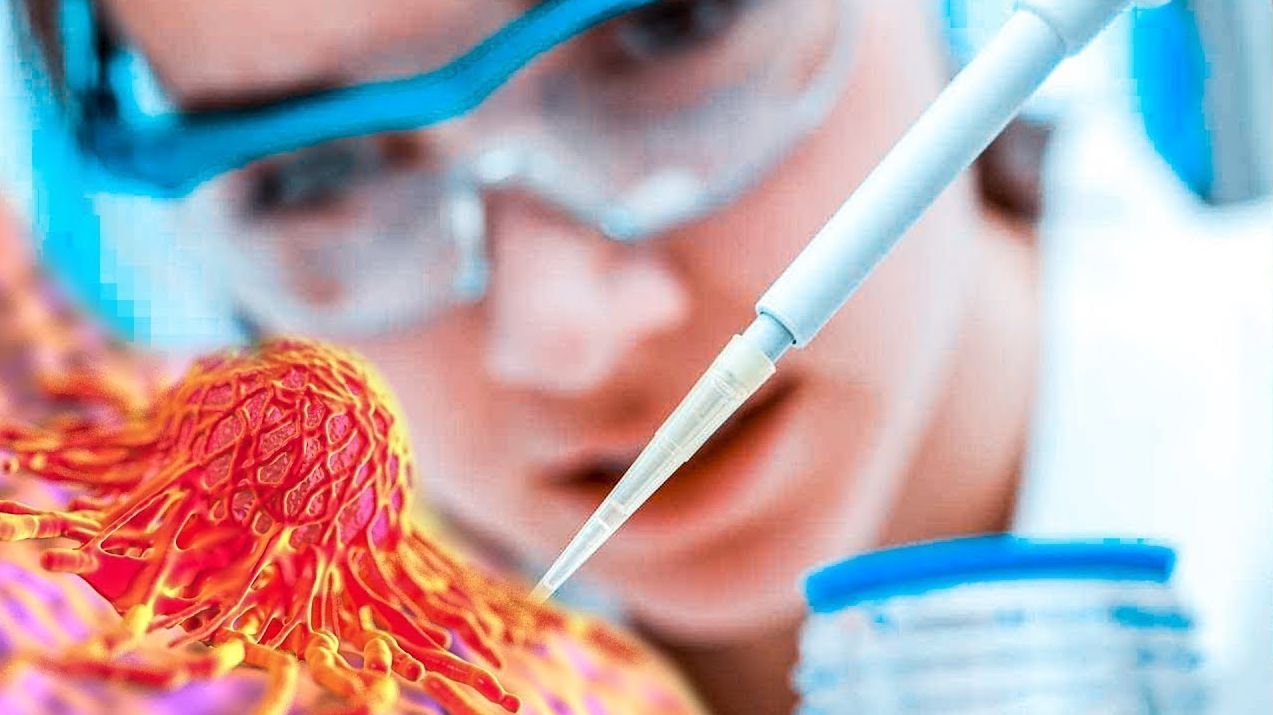
A miniature flexible multifunctional 3D bioprinter with a flexible and soft robotic arm for 3D printing biomaterial directly onto organs within the human body has been developed by specialists at the University of New South Wales (UNSW) in Sydney, Australia. February 27. reports the medical and health news website Medical Xpress.
Led by Dr. Thanh Nho Do and his postgraduate student Mai Thanh Tai, a team of UNSW Medical Robotics Laboratories employees in collaboration with other UNSW scientists.
The researchers presented the results of the work carried out in the article “Advanced soft robotic system for 3D in situ bioprinting and endoscopic Surgery”, published in the journal Advanced Science.
Developed by the UNSW team, dubbed the F3DB, the device is a long, flexible, externally controlled robotic arm, at the end of which is a highly mobile rotating head that “prints” bioink.
Primarily used for laboratory research in tissue engineering and drug testing, bioprinting of living 3D constructs is typically done with large 3D printers.
Dr. Thanh Nho Do explained: “Existing 3D bioprinting techniques require biomaterials to be produced outside the body, and implanting them in humans typically requires a large open operation, increasing the risk of infection.”.
“Our flexible 3D bioprinter shows that biomaterials can be delivered directly to target tissues or organs using a minimally invasive approach. This system offers the potential for accurate 3D reconstruction of wounds within the body, such as injuries to the stomach wall or damage and disease to the inner surface of the colon.”— the scientist continued with his explanations.
The researchers believe that with further improvements to this technology, it will help medical professionals access internal areas of the human body through small incisions in the skin or natural openings.
The team conducted a study of the capabilities of the device developed inside an artificial colon. Furthermore, they imprinted several different biomaterials in various shapes on the surface of a pig kidney using F3DB.
“Currently, there are no commercially available devices that can perform in situ 3D bioprinting on internal tissues/organs far from the skin surface. Concept devices have been presented, but they are much more rigid and difficult to use in complex and confined spaces within the body.”said another member of the team, researcher Nigel Hamilton Lovell of the UNSW Graduate School of Biomedical Engineering.
The F3DB prototype has a diameter that matches the dimensions of therapeutic endoscopes (~11–13 mm), but its developers report that these dimensions can be easily reduced.
Mounted on the end of a soft robotic arm, the three-axis print head of this miniature 3D printer is made up of soft artificial muscles that control its movement in three directions.
The bending and twisting of the soft robotic arm is done hydraulically. Its length is practically unlimited, and the required rigidity can be achieved using various types of elastic tubes and materials.
The shape of the biomaterial can be pre-programmed or manually formed during the printing process, if necessary because the area to be bioprinted is more complex or predetermined.
During the printing process, the F3DB operator can be assisted in the work by a machine learning-based controller developed by the researchers.
The UNSW team researchers tested the cell viability of the live printed biomaterial using the system they developed. The experiments showed that the bioprinting did not harm the cells, most of them remained alive and continued to grow. Within a week of printing, the number of cells had quadrupled.
The F3DB can also be used as a versatile endoscopic surgical tool, the developers said, for example, to remove certain types of tumors, including colorectal cancer, by endoscopic submucosal dissection.
Colorectal cancer, according to the WHO, is the third most common cause of death from malignant tumors in the world. At the same time, its early surgical removal allows for a 90% increase in the five-year survival rate of patients.
To remove the affected area, the F3DB nozzle can be used like an electric scalpel, which will first score and then cut away cancerous growths.
To cleanse the operated area of blood and excess tissue, water can be delivered through the nozzle to immediately 3D print the biomaterial for faster healing without removing the robotic arm.
The ability of the device to perform such multifunctional procedures, scientists have demonstrated in the intestines of a pig. The result of the study showed that F3DB is a promising candidate for the future development of a versatile endoscopic surgical instrument.
“Compared to existing endoscopic surgical instruments, the developed F3DB was created as a versatile endoscopic instrument that avoids the use of interchangeable instruments, which is typically associated with longer procedure time and risk of infection.”Mai Than Tai said.
At F3DB, the developers received a provisional patent. The next stage of testing the device will be to test its operation in live animals. In addition, the scientists intend to equip it with additional capabilities, adding an integrated camera and a real-time scanning system to perform three-dimensional tomography of moving tissue within the body.
Source: Rossa Primavera
I am Michael Melvin, an experienced news writer with a passion for uncovering stories and bringing them to the public. I have been working in the news industry for over five years now, and my work has been published on multiple websites. As an author at 24 News Reporters, I cover world section of current events stories that are both informative and captivating to read.
